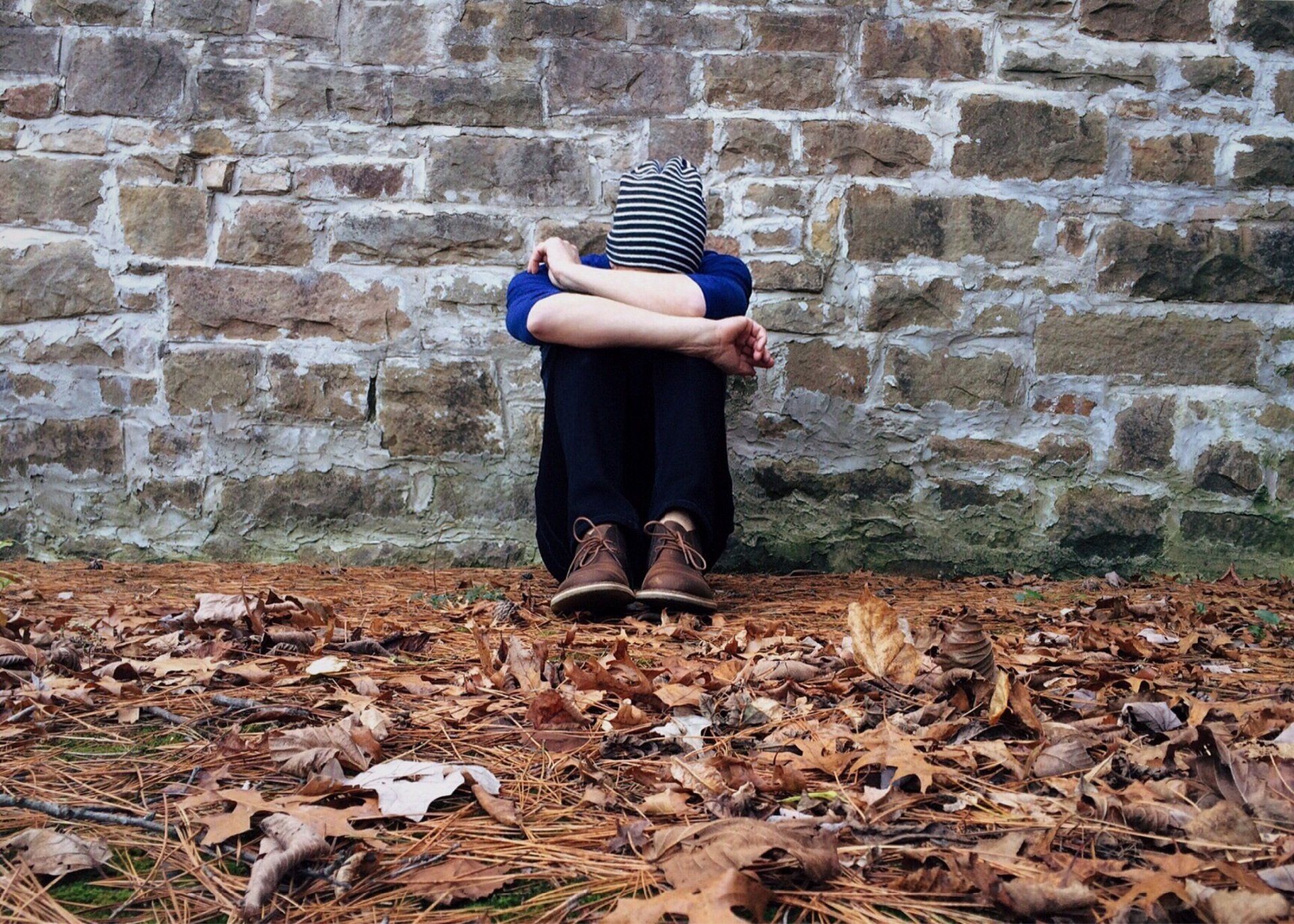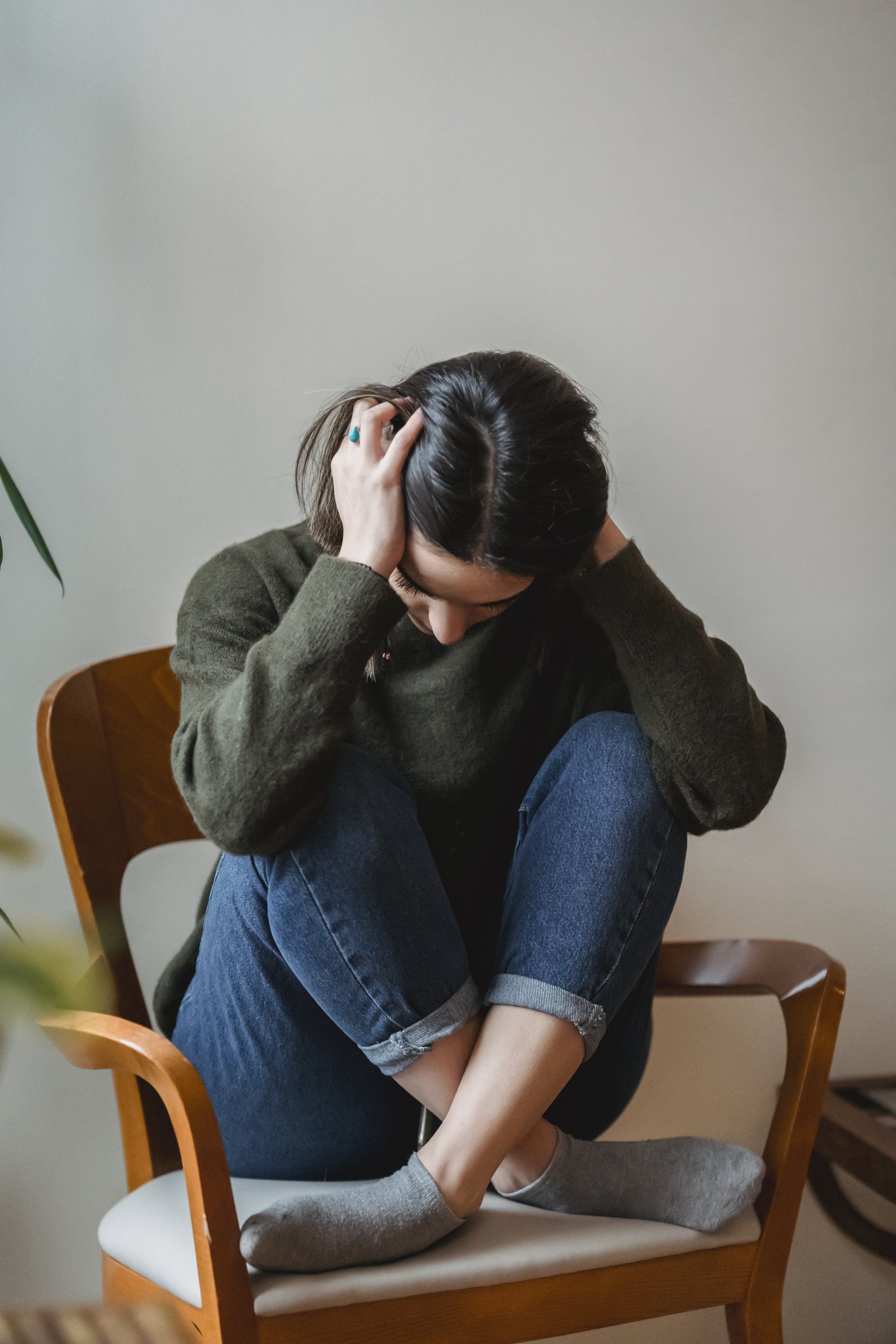Shedding Light on Seasonal Affective Disorder: Finding Hope Through Therapy

Shedding Light on Seasonal Affective Disorder: Finding Hope Through Therapy
As the days grow shorter and the sunlight wanes, many individuals experience a shift in their mood and energy levels. This phenomenon is often attributed to Seasonal Affective Disorder (SAD), a type of depression that occurs seasonally, typically in the fall and winter months. In this blog, we will explore the impact of SAD on mental health, its connection to depression and anxiety, and how seeking therapy can be a beacon of light for those navigating these challenges.
Seasonal Affective Disorder is a subtype of major depressive disorder that follows a seasonal pattern. It is believed to be linked to changes in sunlight exposure, affecting the body's internal clock (circadian rhythms) and neurotransmitter levels. Common symptoms include persistent feelings of sadness, low energy, difficulty concentrating, changes in sleep patterns, and a diminished interest in activities.
SAD shares similarities with depression and anxiety, as it often coexists with these mental health conditions. The reduced exposure to natural light during the fall and winter months can exacerbate symptoms of depression and anxiety, making it crucial for individuals to be aware of the potential impact on their mental well-being.
Therapy is a valuable resource for individuals grappling with Seasonal Affective Disorder, depression, or anxiety during the darker months. Here are practical steps to seek care and find therapeutic support:
Recognize the Symptoms:
Begin by recognizing the symptoms of SAD, depression, or anxiety in yourself. Increased self-awareness is the first step towards seeking help.
Research Qualified Therapists:
Conduct a search for licensed therapists specializing in depression and anxiety therapy services. Look for professionals with experience in treating Seasonal Affective Disorder and a person-centered approach.
Consider Online Therapy:
With the convenience of online therapy, individuals can access mental health support from the comfort of their homes. This is particularly beneficial for those experiencing SAD symptoms who may find it challenging to venture outside during the darker months.
Explore Evidence-Based Therapies: Look for therapists who utilize evidence-based therapeutic modalities such as Cognitive-Behavioral Therapy (CBT) or Mindfulness-Based Cognitive Therapy (MBCT). These approaches have shown efficacy in treating depression and anxiety.
Collaborate on a Treatment Plan:
Work collaboratively with your therapist to develop a personalized treatment plan. This may include a combination of therapy sessions, lifestyle adjustments, and coping strategies tailored to address the unique challenges of Seasonal Affective Disorder.
Prioritize Regular Sessions:
Consistency is key in therapy. Regular sessions provide a structured space for individuals to explore their feelings, set goals, and develop coping mechanisms for managing symptoms.
Seasonal Affective Disorder, depression, and anxiety can cast a shadow over one's well-being, but seeking therapy can illuminate the path to healing. Therapy is a beacon of hope, and can offer tremendous relief from the symptoms of seasonal depression. Our clinicians at Rewired Health are ready to support you as you thrive this winter.
Reach out to book your first session!





